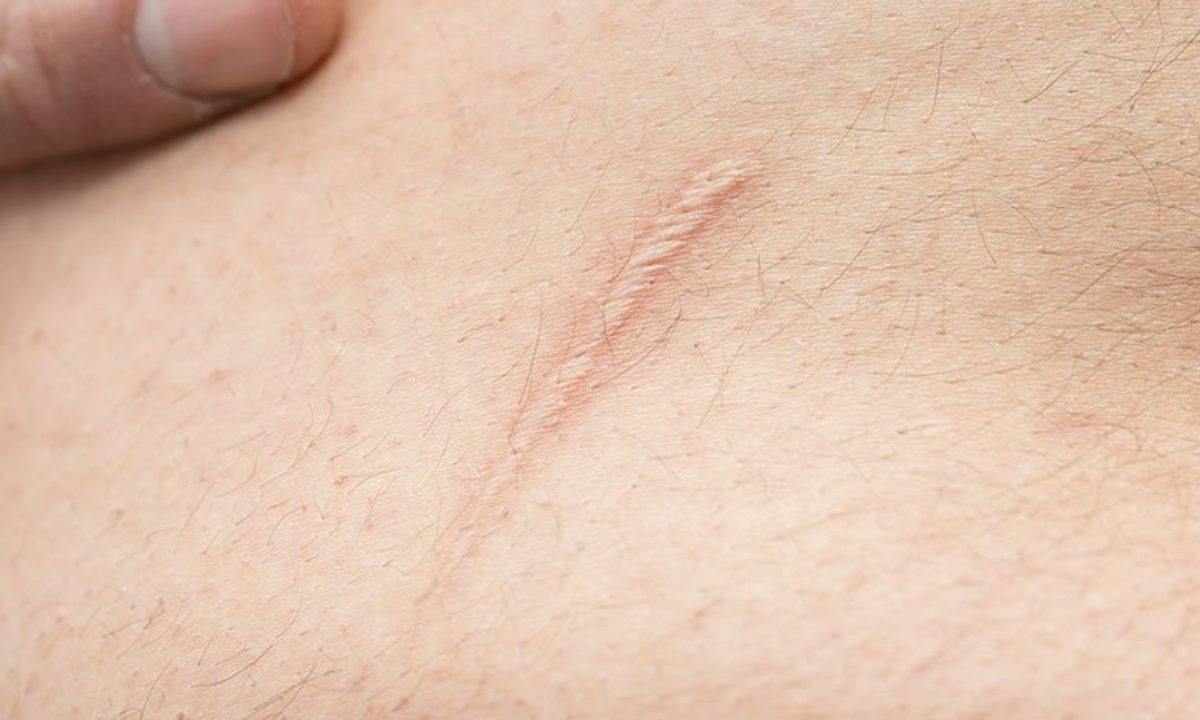Introduction
Surgical scars can often be a source of concern, affecting both appearance and self-confidence. Whether scars result from accidents, previous surgeries, or other skin injuries, many individuals seek expert solutions to improve their look and texture. Surgical Scar Revision in Abu Dhabi has become an accessible and highly effective option for those wanting to minimize the visibility of scars and restore smoother skin.This comprehensive guide explores the surgical scar revision options available in Abu Dhabi, what to expect from the treatment process, and why the city is a prime destination for expert scar management.
Understanding Surgical Scar Revision
Surgical scar revision refers to a range of techniques designed to reduce the appearance of scars and improve skin texture. The goal is not to completely erase the scar but to make it less noticeable by softening its color, flattening raised scars, or smoothing irregular surfaces.
Scars come in different types — hypertrophic (raised), atrophic (depressed), contracture scars (tightened skin), or keloids (excessive growth beyond the original injury). Surgical revision approaches are tailored based on the scar’s type, size, location, and the patient’s skin type.
Why Choose Abu Dhabi for Surgical Scar Revision?
Abu Dhabi offers several advantages for those seeking surgical scar revision:
Skilled and Experienced Specialists
The city is home to highly trained plastic surgeons and dermatologic experts who specialize in scar management. These professionals utilize the latest surgical techniques combined with a deep understanding of skin healing and aesthetics.
Advanced Medical Facilities
Abu Dhabi’s medical centers feature state-of-the-art surgical suites and post-operative care units. The use of modern technologies ensures that procedures are safe, precise, and effective.
Personalized Treatment Plans
Every scar is unique, and so is the approach to revision. Clinics in Abu Dhabi focus on personalized assessments to create customized treatment strategies that maximize outcomes and minimize risks.
Common Surgical Scar Revision Techniques
Excision and Re-Closure
One of the most common methods involves surgically removing the old scar and carefully closing the wound using advanced suturing techniques. This can result in a thinner, less visible scar aligned with natural skin lines.
Z-Plasty and W-Plasty
These are specialized techniques that change the direction and tension of the scar. By creating small flaps of skin, the scar is repositioned to blend better with natural skin folds, reducing its prominence.
Skin Grafting
For larger or more complex scars, skin grafting might be used, where healthy skin from another part of the body is transplanted to improve the scarred area’s appearance.
Tissue Expansion
In some cases, tissue expanders are used to stretch surrounding skin before revision surgery, providing better coverage and smoother results.
The Treatment Process
Initial Consultation
The journey begins with a detailed consultation where the specialist examines the scar, discusses your concerns, and reviews your medical history. This step helps determine the best surgical approach tailored to your scar type and skin condition.
Preparing for Surgery
Preparation may involve skin conditioning, avoiding certain medications, and ensuring overall health for optimal healing.
Surgical Procedure
The revision is performed under local or general anesthesia depending on scar size and complexity. The duration varies from a quick outpatient procedure to more extensive surgeries.
Post-Surgical Care
Post-operative care in Abu Dhabi emphasizes minimizing swelling, infection prevention, and proper wound care. Follow-up visits help monitor healing and address any concerns.
Expected Outcomes and Recovery
While complete scar removal isn’t possible, surgical revision often leads to significantly improved appearance and texture. Patients can expect:
- A flatter, less visible scar
- Improved skin texture and elasticity
- Reduced tightness or discomfort
- Enhanced confidence and satisfaction with their appearance
Recovery times vary but generally involve a few days to a few weeks of healing, with gradual fading of the scar over several months.
Frequently Asked Questions (FAQs)
Is surgical scar revision suitable for all types of scars?
Most scars can be improved with revision, but the specific technique depends on the scar’s nature and location.
Will the revised scar be invisible?
The goal is to make scars less noticeable, but complete invisibility is rare. Skilled surgery significantly improves appearance.
How long is the recovery period?
Recovery varies but typically ranges from one to several weeks, depending on the procedure.
Are there non-surgical alternatives for scar revision?
Yes, options like laser therapy, microneedling, or chemical peels exist, but surgical revision is preferred for more severe scars.
Can scar revision be combined with other treatments?
Yes, many patients combine surgical revision with laser or topical treatments for enhanced results.
Will I need anesthesia?
Depending on the procedure size, local or general anesthesia may be used.
Are there risks involved?
As with all surgeries, there are risks, but experienced surgeons minimize these through careful planning and technique.
Conclusion
Surgical scar revision in Abu Dhabi offers expert, personalized solutions to help individuals reduce the visibility of unwanted scars and regain confidence in their skin. With access to skilled specialists, advanced techniques, and comprehensive care, patients can expect lasting improvements that blend aesthetics with function.





Comments